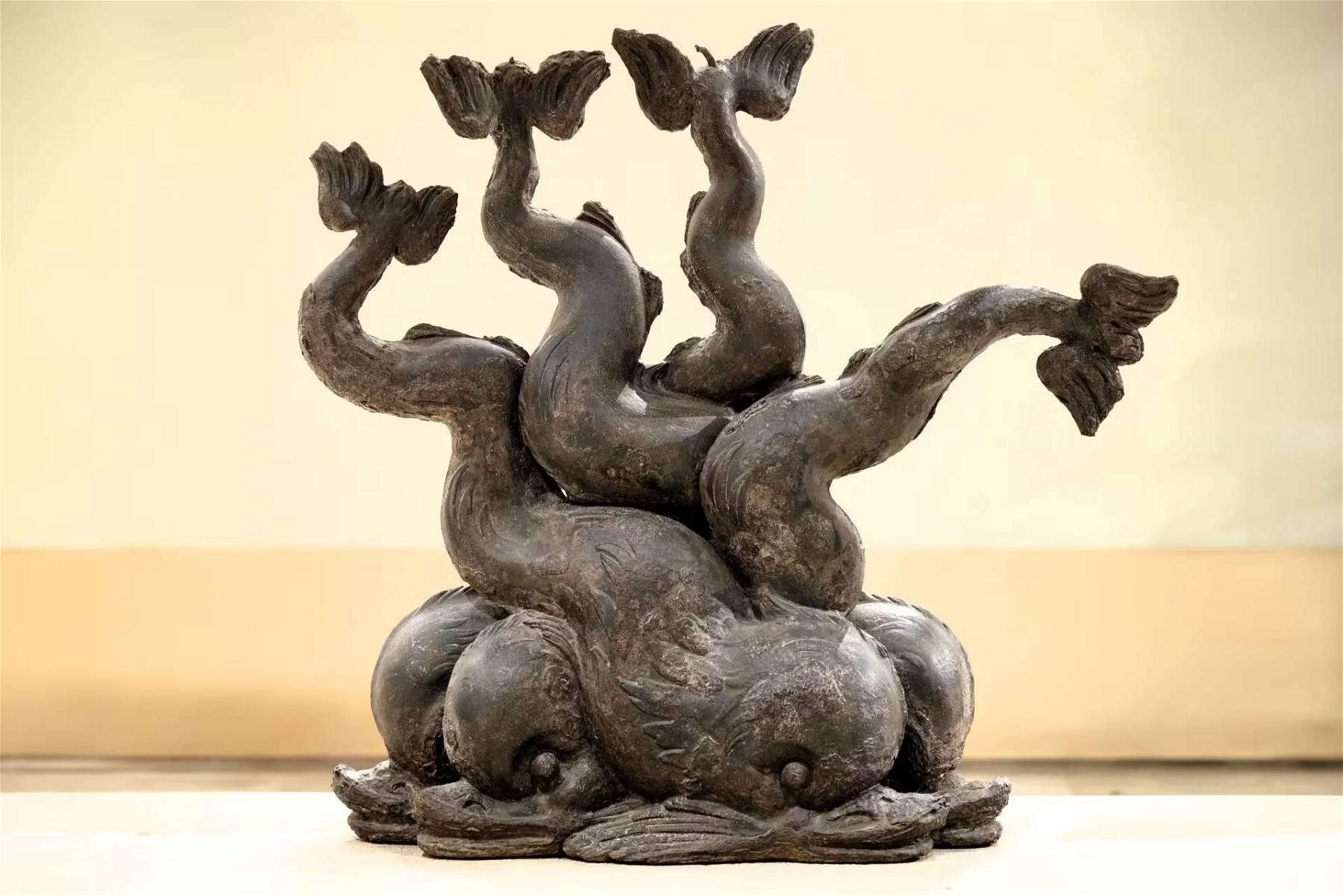Follonica celebrates its artistic and cultural history related to the production of cast iron artifacts with an exhibition. Until June 30, the rooms of Foundry 1, former Ilva area, will host the exhibition La Fabbrica del Bello. The Manufacture of Follonica and Artistic Culture in Grand Ducal Tuscany, promoted and organized by the City of Follonica and included in the Terre degli Uffizi project, conceived and implemented by Le Gallerie degli Uffizi and Fondazione CR Firenze within their respective Uffizi Diffusi and Piccoli Grandi Musei initiatives.
The exhibition focuses on the “dream” of Leopold II of Lorraine to create in Maremma an artistic and productive manufacture based on cast iron. A “new” material, child of the industrial revolution, protagonist in Europe of the most daring architectures and which Grand Duke Leopold elects as the “raw material” of Tuscany. He chose Follonica as the production site, in continuitỳ with that Medici “iron policy” that alreadỳ had united in this part of Tuscany the enormous availability of iron fromElba with the wealth of wooded areas and the dense hydrographic network, giving birth to the Magona.
In the large spaces of Foundry 1, one of the most representative buildings of the nineteenth-century factory, the dialogue between the production apparatus of Follonica and the artistic, and political, Florentine context from which it all originated will be staged. In fact, the Fabbrica del Bello intends to expose the idea of the factory as a place of artistic and productive research, as Follonica was in the years of the greatest activity of the grand ducal foundries, emphasizing how the experimentation initiated was perfectly adherent to the debate, national and international, of the moment.
For the first time inside the former Ilva, drawings, projects, as well as paintings, sculptures and castings from the Manetti Fund of the Florence Academy of Arts and Drawing, theFlorence State Archives, the Stibbert Museum, the Gallery of Modern Art of Palazzo Pitti and various other realities-including numerous private collections-will be on display, allowing the reconstruction of the city’s artistic birth and growth. Art is the first protagonist, with Lorenzo Nencini’s work, which well represents the artistic debate between “ideal beauty” and “natural beauty” that permeates the Florentine Academy (also the child of a grand ducal reform): the St. John the Baptist, a marble made for the church of San Leopoldo. All around, the actors of the debate: Pietro Benvenuti, Giuseppe Bezzuoli, Enrico Pollastrini, Lorenzo Bartolini with pictorial and sculptural works that well represent the spirit of the time.
For all information, you can visit the official Uffizi website.
 |
| A Uffizi Diffusi exhibition in Follonica investigates the subject of grand ducal cast iron manufacturing |
Warning: the translation into English of the original Italian article was created using automatic tools. We undertake to review all articles, but we do not guarantee the total absence of inaccuracies in the translation due to the program. You can find the original by clicking on the ITA button. If you find any mistake,please contact us.